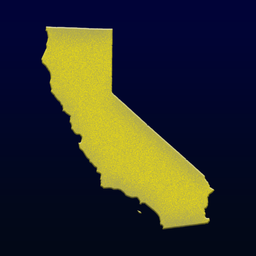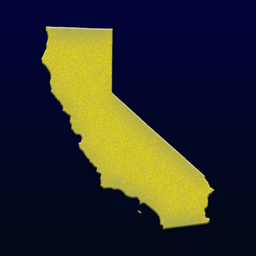If you run a business in California, you’re responsible for collecting and reporting sales tax based on gross receipts. But what actually counts as a “gross receipt”?
The answer isn’t always obvious. Gross receipts can include more than just the sticker price of your product—and failing to report them correctly can lead to penalties, audits, and back taxes.
This guide explains what “gross receipts” means under California tax law, what’s included, what’s excluded, and how it connects to common discounts and promotions.
What Are Gross Receipts?
California defines gross receipts as the total amount of the sale, including:
- Cash
- Credit
- Property
- Services received in exchange
It also includes any reimbursed amount—such as money paid back to the seller by a manufacturer for a promotion or coupon.
In short, it’s the total value of what the seller receives, before subtracting most types of discounts.
What Must Be Included in Gross Receipts
| Included in Gross Receipts? | Example |
|---|---|
| Selling price of goods and services | A shirt sold for $40 = $40 in gross receipts |
| Manufacturer coupon reimbursement | $1 reimbursed to store for a coupon = included |
| Gift card used to pay (value applied) | $50 gift card redeemed = $50 in gross receipts |
| BOGO promotional value | Buy 1 get 1 = total value of both items is included |
| Shipping and handling (if part of sale) | $5 shipping charge = taxable unless separately stated |
What Can Be Excluded from Gross Receipts
Certain amounts can be excluded, but they must meet specific criteria:
- Store-funded discounts or coupons
- Sales tax collected and stated separately
- Cash discounts for prompt payment
- Returned merchandise (if refunded)
To claim an exclusion, these items must be clearly recorded in your books and on customer receipts.
Documentation Tips
- Always separate sales tax on receipts—don’t embed it in the total.
- Mark manufacturer coupons as taxable in your POS system.
- Retain evidence of third-party reimbursements (e.g., contract or credit memo).
- Use consistent naming conventions across discounts, rebates, and promotions.
FAQs
Q: What’s the difference between sales price and gross receipts?
Sales price is what the customer pays. Gross receipts include that plus other forms of compensation or reimbursement you receive.
Q: Are shipping and handling taxable?
Yes—if not separately stated or if combined with taxable goods. If you separately itemize shipping, you may be able to exclude it.
Q: Can I deduct credit card fees from gross receipts?
No. Gross receipts include the full amount charged to the customer—even if you pay a fee to process it.
Our Guides to Taxes on Discounts in California





Source and Legal Reference
This page summarizes information from:






